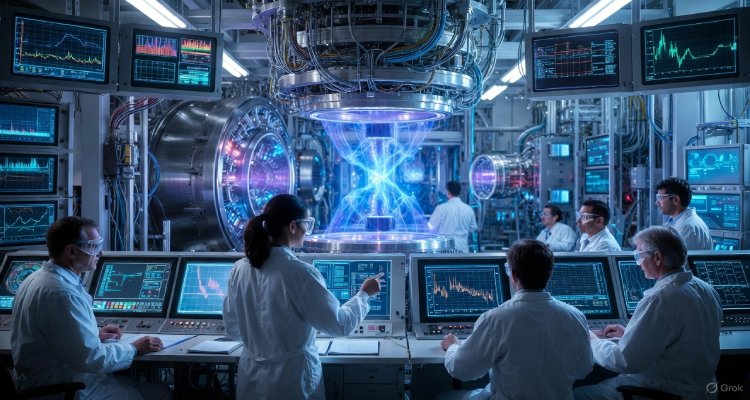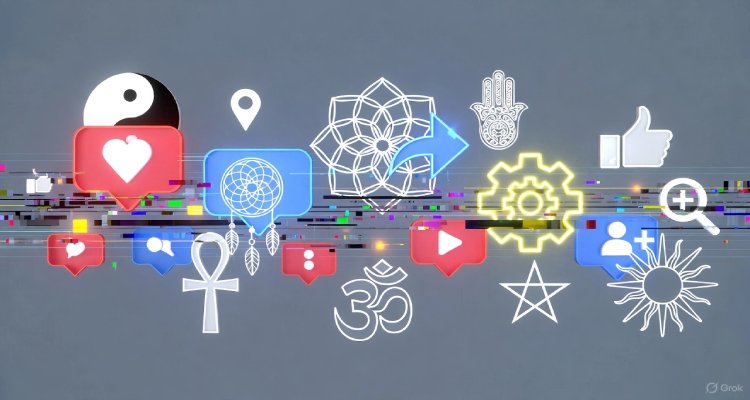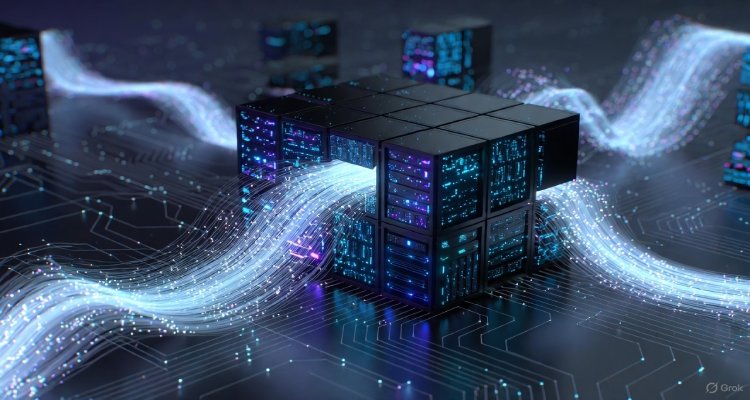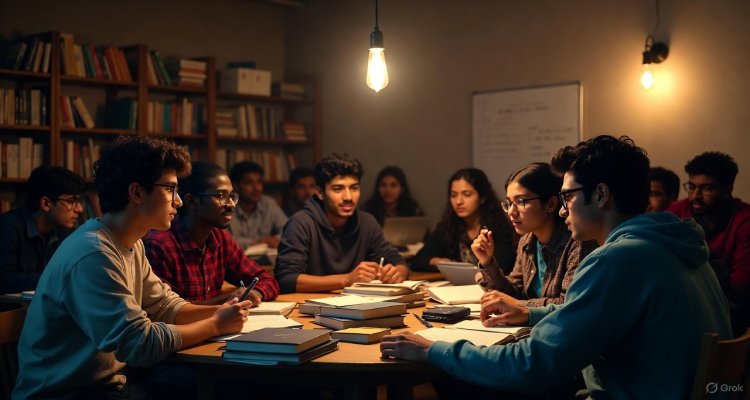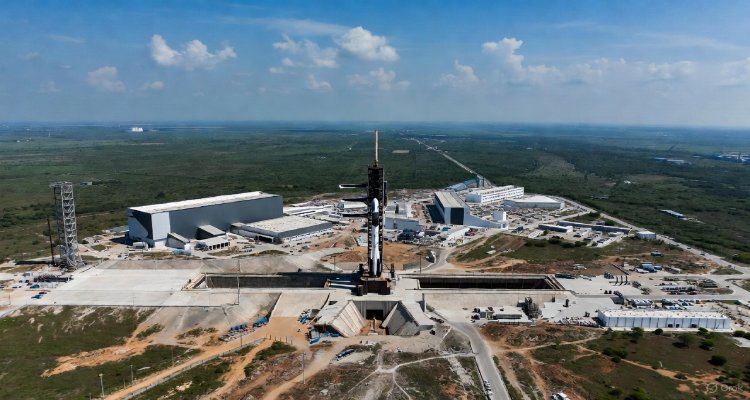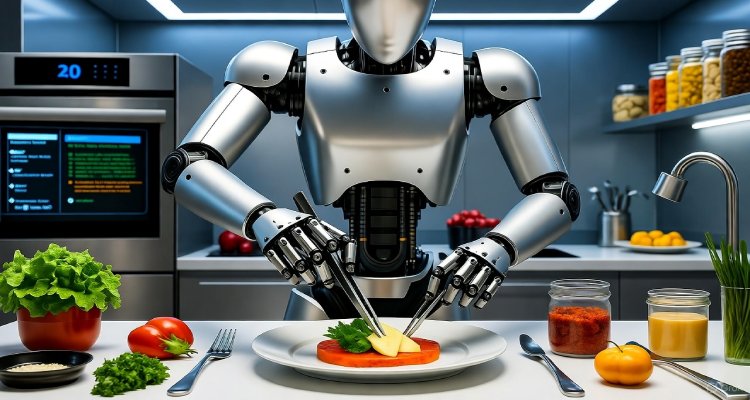When AI Becomes the World’s Most Influential Chef
How artificial intelligence is revolutionizing the culinary world — from recipe creation to sustainable dining — redefining what it means to be a chef in the digital age.
Introduction: The Taste of Tomorrow
In a gleaming kitchen somewhere in Tokyo, a stainless steel robotic arm finely plates a molecular dessert, its precision guided not by human instinct, but by millions of data points. The dish—born from an algorithm analyzing flavor chemistry, global cuisines, and user preferences—quickly goes viral online. It’s not the creation of a Michelin-starred chef. It’s the work of “GastroNet,” an AI culinary model hailed as the world’s most influential chef of the decade.
The kitchen of the future, it seems, is no longer just about taste—it’s about code.
Context & Background: From Cookbooks to Neural Nets
The intersection of AI and gastronomy isn’t entirely new. For years, tech companies and Michelin-star kitchens alike have experimented with machine learning to enhance recipe development. Early systems such as IBM’s “Chef Watson” in the 2010s hinted at the power of AI to recombine ingredients in novel ways.
Today, that experimentation has matured into full-blown culinary technology ecosystems. AI-driven systems don’t just create recipes; they predict flavor compatibility, suggest sustainable ingredient alternatives, and adapt menus based on regional consumer sentiment.
Machine learning models are now trained on vast datasets—from global food blogs and restaurant menus to biochemical flavor libraries—allowing them to identify patterns imperceptible to human palates. This shift has changed the question from “Can AI cook?” to “Can AI define how humanity eats?”
Main Developments: The Rise of the Algorithmic Chef
GastroNet, developed by a coalition of food scientists and data engineers, represents a new generation of culinary AI. Its design integrates deep sensory data analysis, climate impact modeling, and real-time consumer feedback to craft meals that are both delicious and ecologically mindful.
In 2025, several top-tier restaurants began collaborating with AI platforms to design signature dishes. The Michelin Guide now features a new category: AI-augmented cuisine. In cities like Copenhagen, Mumbai, and San Francisco, diners are booking months in advance to experience AI-curated tasting menus that adapt to local ingredients and seasonality.
AI’s influence doesn’t stop in fine dining. Fast-food chains are using predictive algorithms to adjust seasoning profiles by region. Supermarkets rely on AI models to forecast ingredient trends weeks before they peak online. Even home kitchens are changing as smart ovens sync with AI recipe assistants to ensure perfect cooking temperatures for every meal.
Expert Insight & Public Reaction
Renowned food technologist Dr. Elisa Moreau from the Culinary Institute of Paris calls this shift “the most profound transformation of food culture since the invention of agriculture.” She explains, “AI allows us to model taste the way architecture models space—it’s not replacing creativity but expanding what creativity can mean.”
Chefs, however, are divided. Some, like Indian innovator Chef Vikram Sethi, see AI as a collaborator: “My AI sous-chef helps me visualize flavor balance in real time. It doesn’t steal my art—it refines it.” Others argue that the algorithmic standardization of taste risks eroding cultural diversity in cuisine, reducing centuries of traditional cooking to statistical outputs.
Public response is equally mixed. Food enthusiasts marvel at AI’s precision in balancing nutrition and flavor, yet a segment of diners express nostalgia for the imperfect human touch that no machine can replicate.
Impact & Implications: Redefining Creativity and Sustainability
The impact of AI’s culinary dominance extends beyond the plate. These systems are reshaping supply chains, influencing agriculture, and transforming our understanding of sustainability.
With access to global data, AI chefs can optimize ingredient sourcing to reduce carbon footprints. They can even design menus based on crop yield forecasts or climate models. By minimizing waste and identifying plant-based alternatives without sacrificing taste, culinary AI aligns innovation with environmental ethics.
On a social level, AI democratizes gastronomy—making high-end creativity accessible through smart kitchen tools and AI cooking apps. At the same time, it raises critical questions: Who owns a recipe generated by a machine? Can an algorithm win a culinary award? What happens when cultural cuisines are “reinterpreted” by non-human minds?
These questions underscore a broader philosophical challenge: when taste becomes data, do we lose the soul of cooking—or gain a new one?
Conclusion: Beyond the Algorithm’s Horizon
As humanity charts its future alongside artificial intelligence, the kitchen becomes a microcosm of our relationship with technology—intimate, emotional, and deeply sensory. AI’s ascent as the world’s most influential chef doesn’t signal the end of human creativity. Instead, it invites a new collaboration where intuition meets precision, and culinary art evolves through data-driven empathy.
In the future, the world may not ask whether a chef is human or machine—but whether their creation nourishes us in more ways than one.
Disclaimer :This article is a speculative, journalistic exploration based on current AI and food technology trends. It does not represent endorsements or real entities unless explicitly stated.





